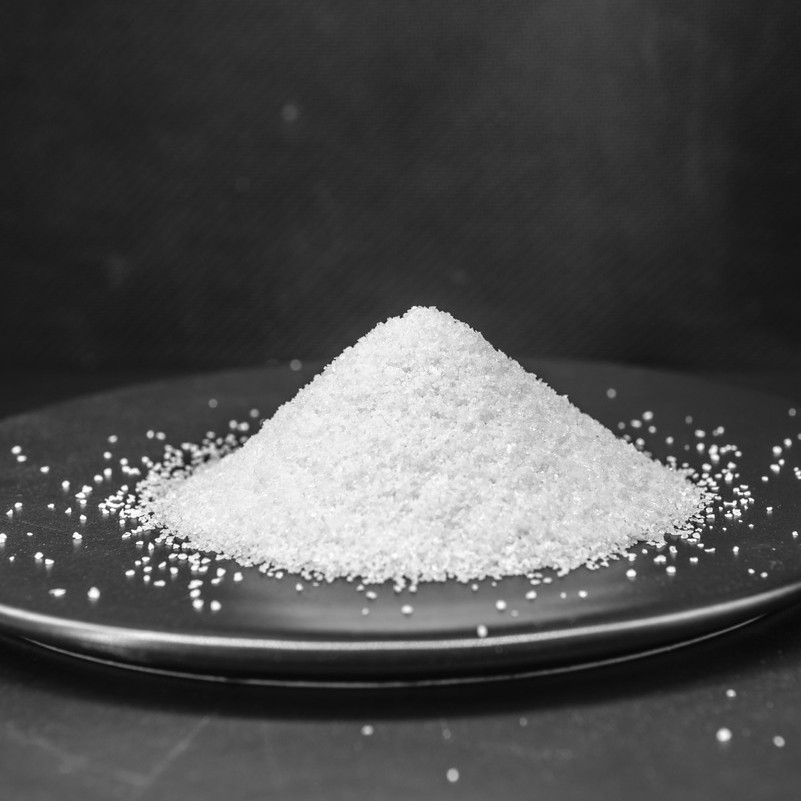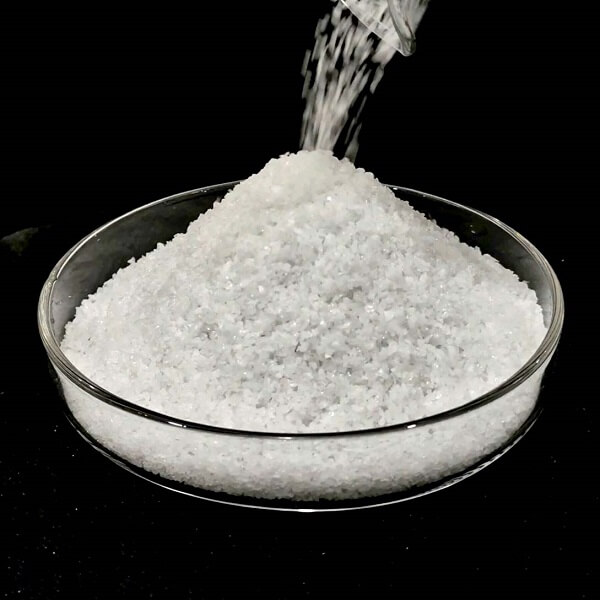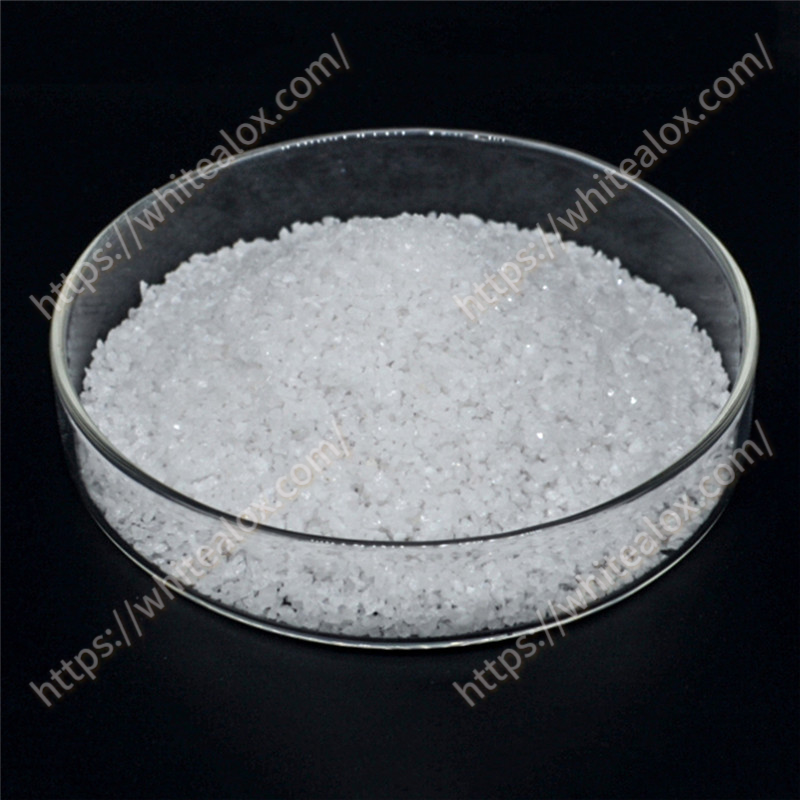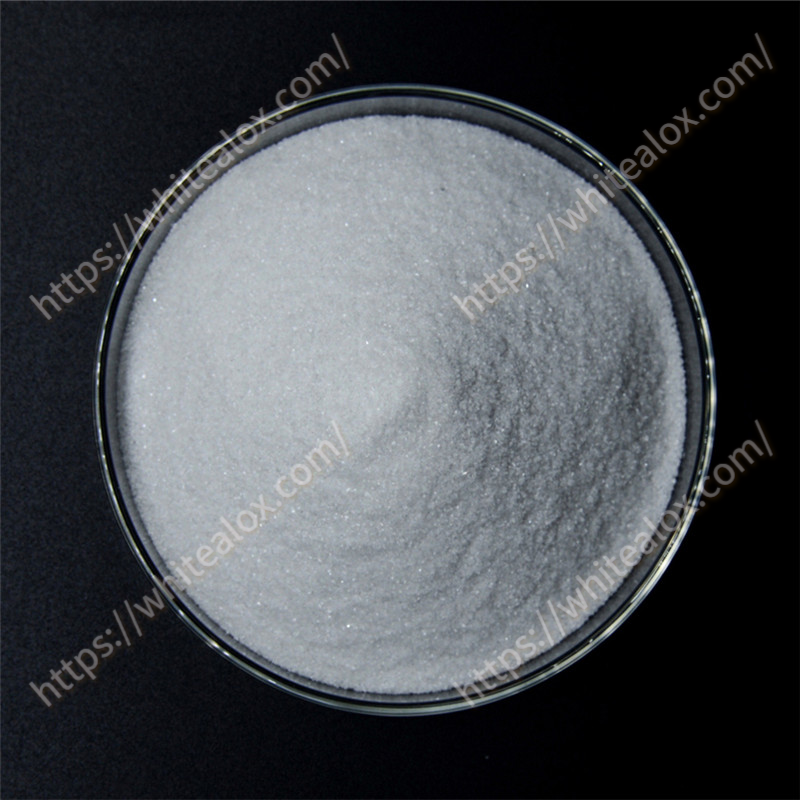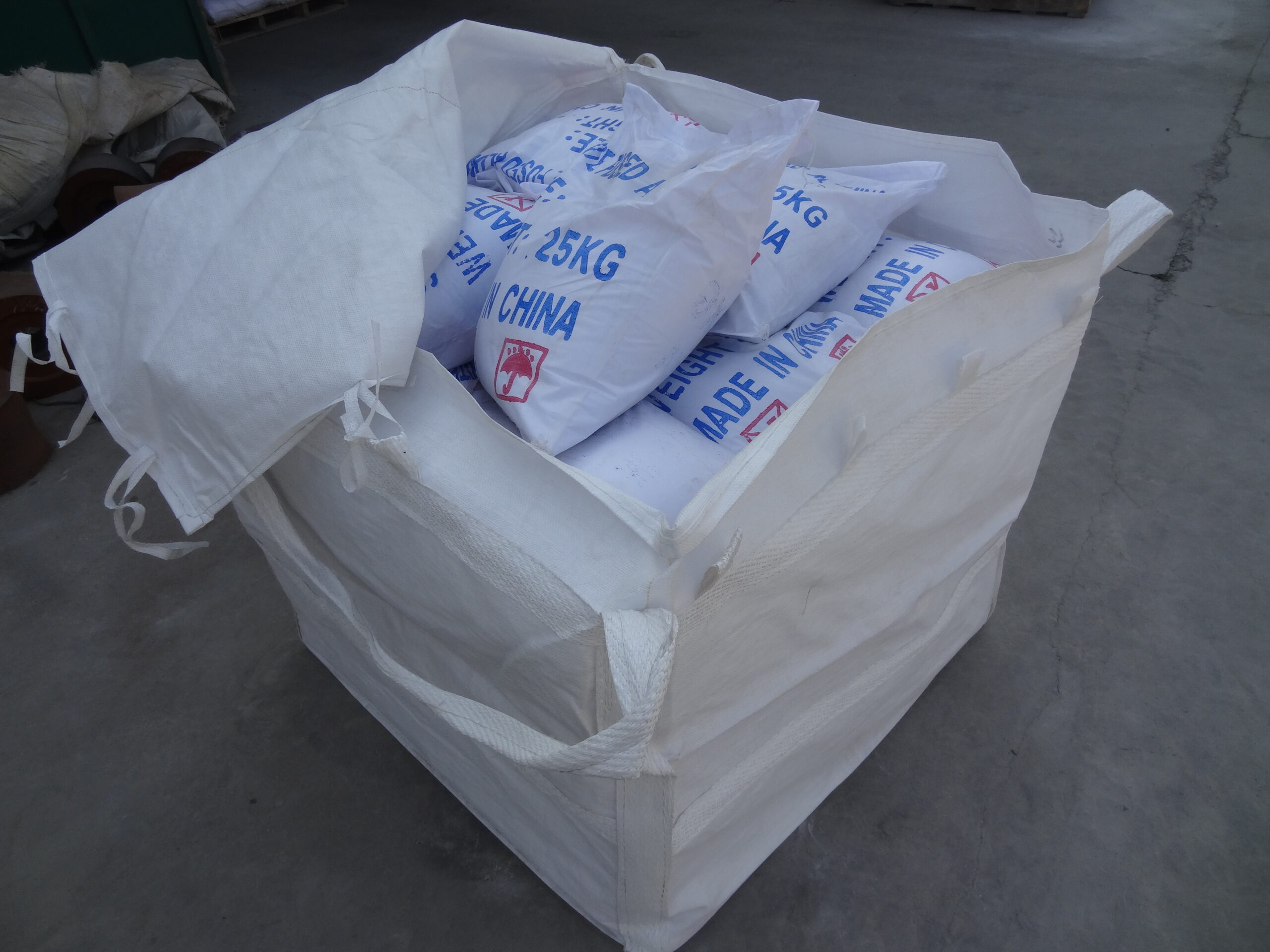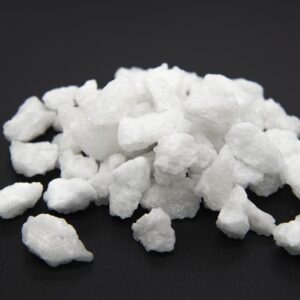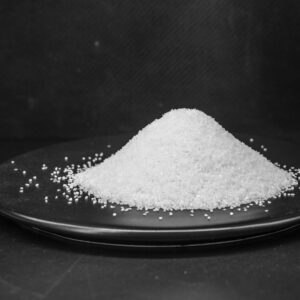White Fused Alumina (WFA) for stainless steel blasting is considered a premium choice for achieving high-quality, contaminant-free finishes. Here’s a detailed breakdown of its advantages, applications, and best practices.
white fused alumina properties:
White aluminum oxide was made from the high quality alumina by melting above 2200℃ in the electric arc furnace and cooling.
White aluminum oxide is white with the main crystal phase alpha-Al2O3.
White aluminum oxide produced in titling electric arc furnace has the advantage of high bulk density and low porosity and the volume stability and thermal shock resistance can be improved.
Physical and Chemical Analysis [%]:
| Physical Properties | |
| Hardness: micro | 21600-22600kg/mm3 |
| Hardness: Mohs | 9.0 min |
| Specific Gravity | 3.95-3.97g/cm3 |
| Bulk Density | 1.65-2.05g/cm3 |
| Particle Shape | Blocky, Sharp |
| Color | white |
| Chemical compositions | |
| Al2O3 | 99.30min |
| SiO2 | 0.15max |
| Na2O | 0.28max |
| Fe2O3 | 0.06max |
| CaO | 0.03max |
| FEPA | JIS | SIZE RANGE |
| #8 | #8 | 2800-2360UM |
| #10 | #10 | 2360-2000UM |
| #12 | #12 | 2000-1700UM |
| #14 | #14 | 1700-1400UM |
| #16 | #16 | 1400-1180UM |
| #20 | #20 | 1180-1000UM |
| #22 | #22 | 1000-850UM |
| #24 | #24 | 850-710UM |
| #30 | #30 | 710-600UM |
| #36 | #36 | 600-500UM |
| #40 | #40 | 500-425UM |
| #46 | #46 | 425-355UM |
| #54 | #54 | 355-300UM |
| #60 | #60 | 300-250UM |
| #70 | #70 | 250-212UM |
| #80 | #80 | 212-180UM |
| #90 | #90 | 180-150UM |
| #100 | #100 | 150-125UM |
| #120 | #120 | 125-106UM |
| #150 | #150 | 106-75UM |
| #180 | #180 | 90-63UM |
| #220 | #220 | 75-53UM |
Advantages of White Fused Alumina for Stainless Steel
Stainless steel blasting has one critical rule: do not introduce contaminants that can compromise its corrosion resistance. WFA excels in this area.
Non-Contaminating / Iron-Free
This is the most important benefit. WFA is made from high-purity alumina (Al₂O₃ > 99%). It contains no free iron or silica (SiO₂).
Using iron-containing abrasives (like steel grit or shot) or silica sand can embed particles into the stainless steel surface. These embedded particles will rust and lead to “rouge” or surface staining, completely defeating the purpose of using stainless steel. WFA eliminates this risk.
Exceptional Cleanliness and Consistent Finish
WFA produces a very clean, bright, and uniform matte satin finish that is highly desired for architectural, automotive, and food-grade applications.
It effectively removes scale, heat tints (from welding), and other surface impurities without altering the metallurgy of the substrate.
High Hardness and Sharpness
With a Mohs hardness of 9, WFA is very hard and fractures to form sharp, angular particles. This makes it highly efficient at cutting and cleaning the hard surface of stainless steel.
It provides an excellent anchor profile (surface roughness) for subsequent processes like painting or coating, ensuring strong adhesion.
Reusability and Cost-Effectiveness
While the initial cost of WFA is higher than some alternatives, its high durability allows it to be recycled and reused multiple times (typically 3-5 cycles in a closed-loop blast room) before breaking down into dust. This can make it more economical in the long run for professional operations.
Safety (Low Silica Content)
Unlike mineral slags or silica sand, WFA generates very low levels of respirable crystalline silica dust, which is a significant health hazard (silicosis). This makes it a safer choice for operators.
Key Application Areas
WFA is used for various finishing operations on stainless steel:
Removing Heat Tint: Perfect for cleaning the heat-affected zones (HAZ) around welds, restoring corrosion resistance.
Surface Preparation for Coating: Creating a perfect anchor profile for paint, PTFE, or other coatings.
Cosmetic and Decorative Finishing: Achieving a uniform satin-matte finish for architectural panels, elevator interiors, kitchen equipment, and sculptures.
Cleaning and Deburring: Removing light mill scale, rust stains from cross-contamination, and small burrs.
Food and Pharmaceutical Grade Equipment: Essential for preparing surfaces that must meet strict hygiene and non-contamination standards.

